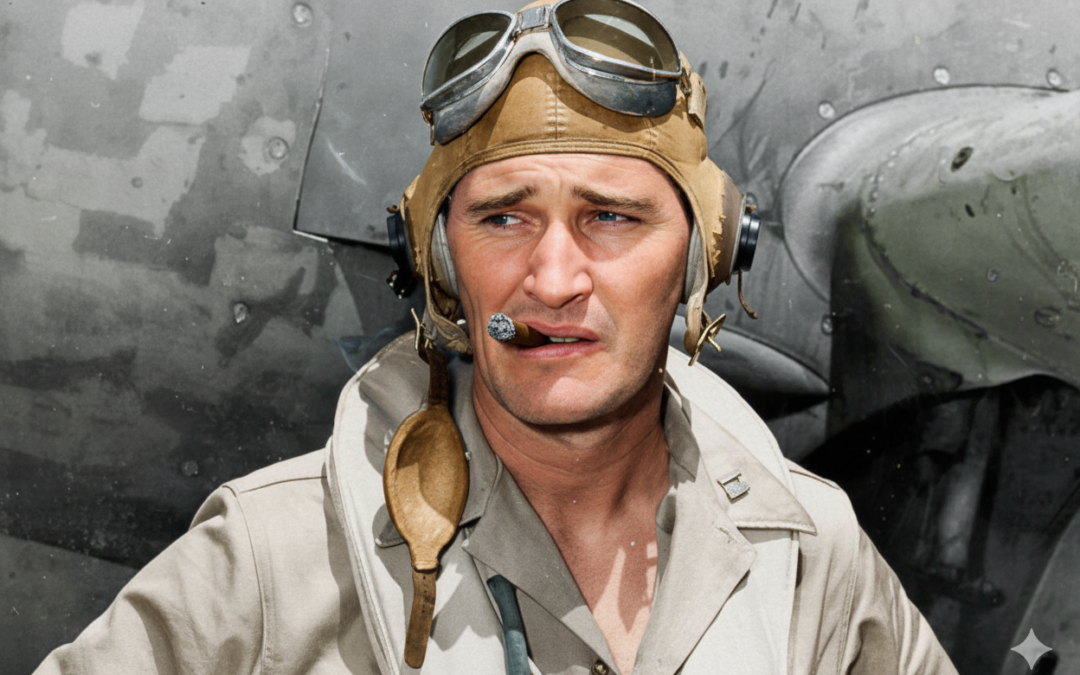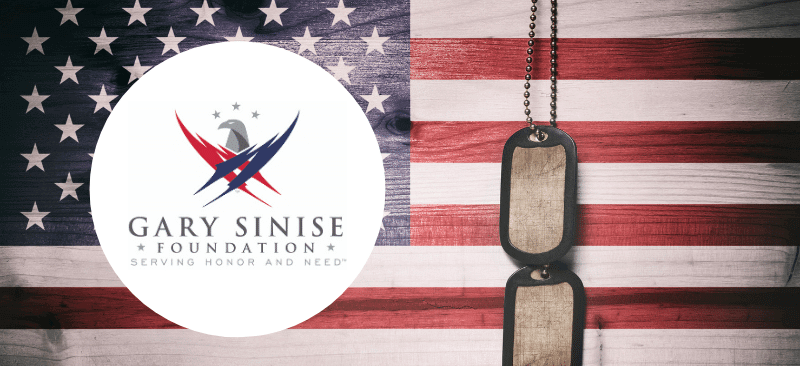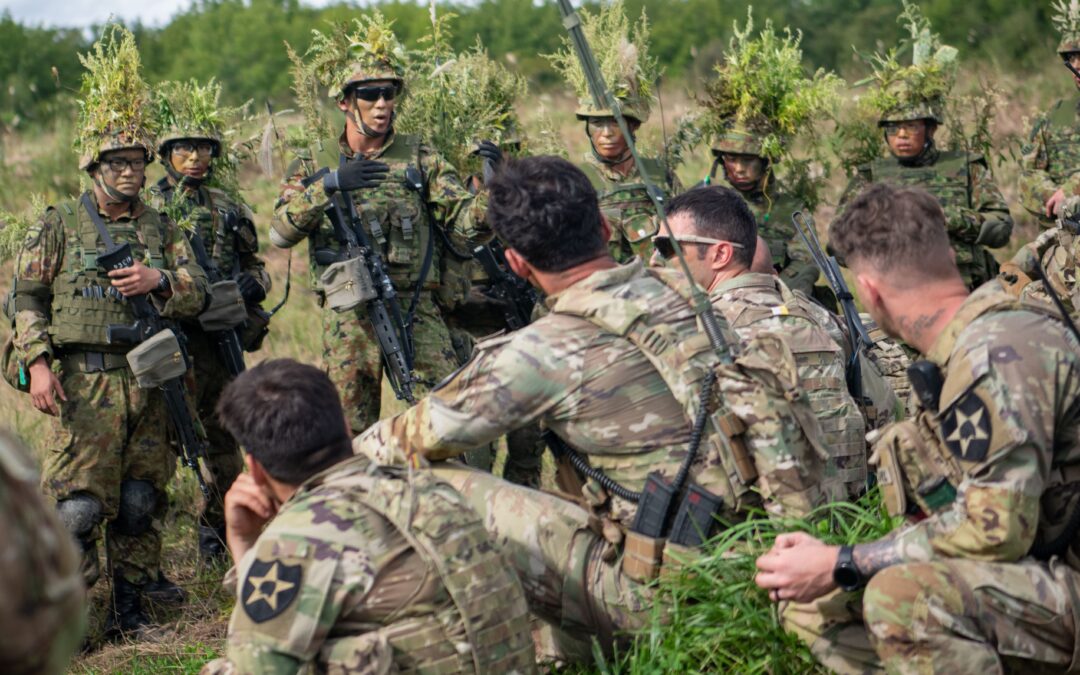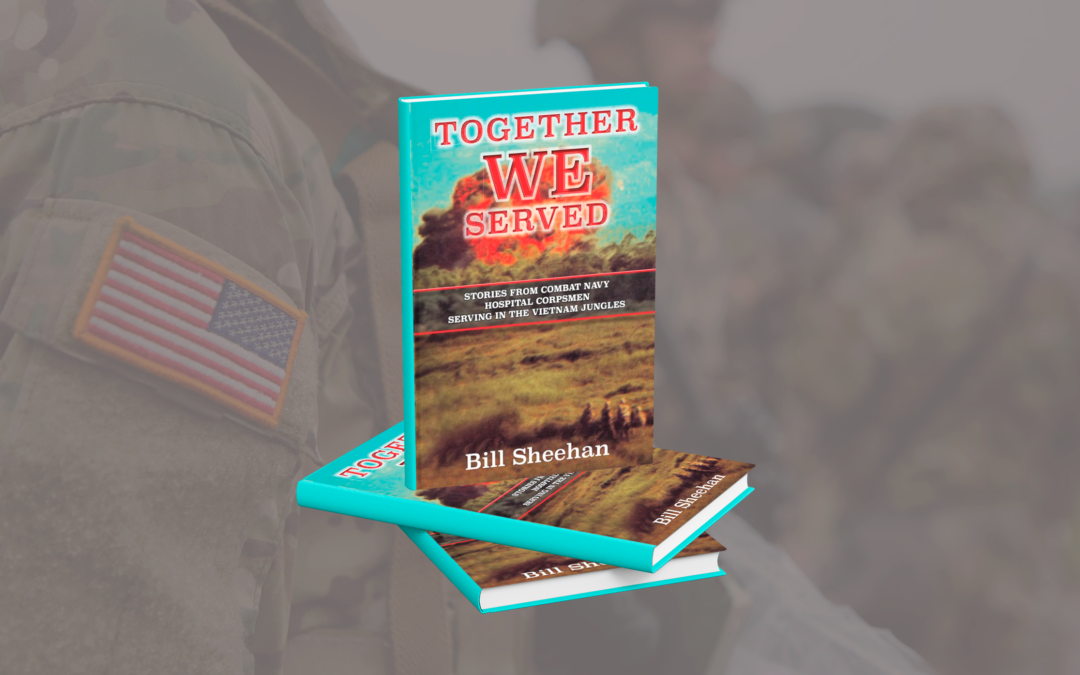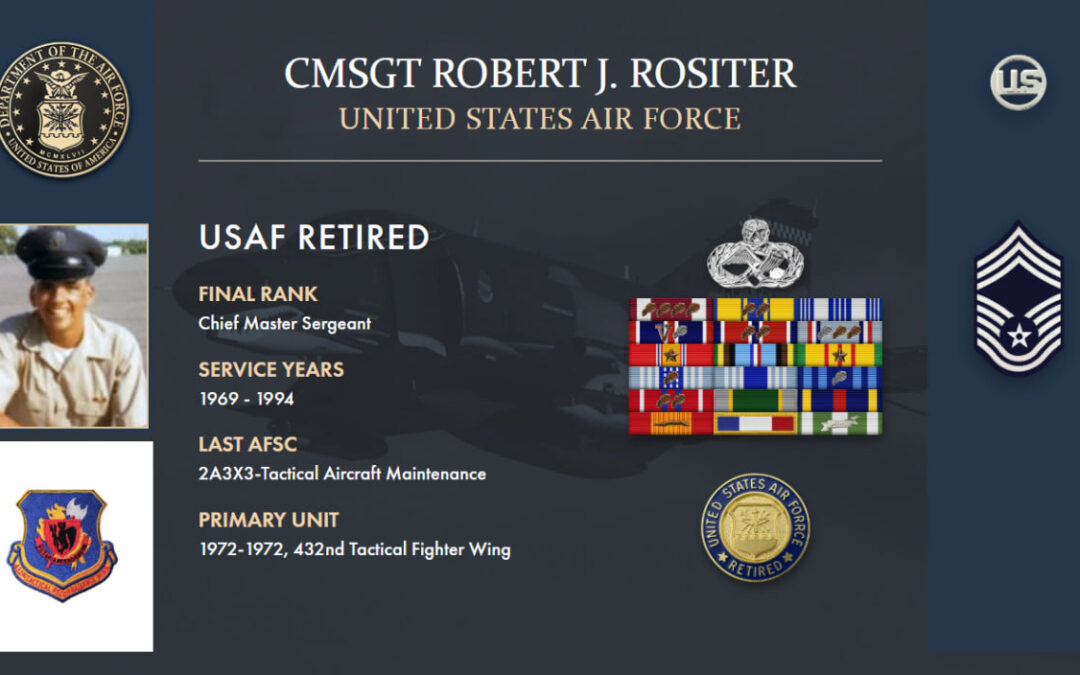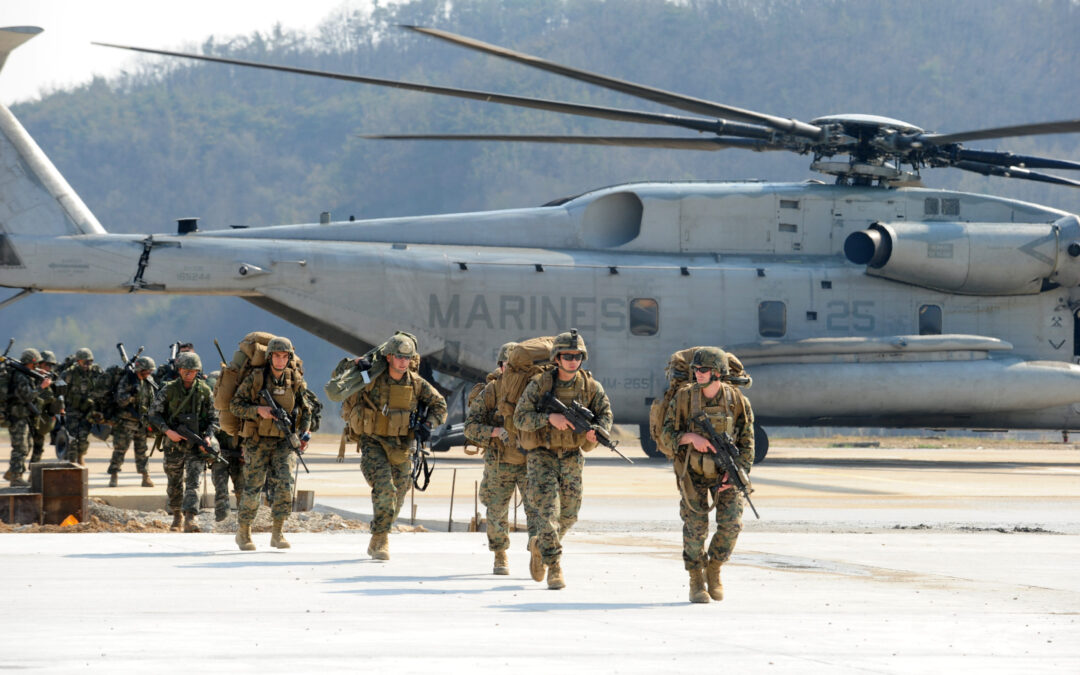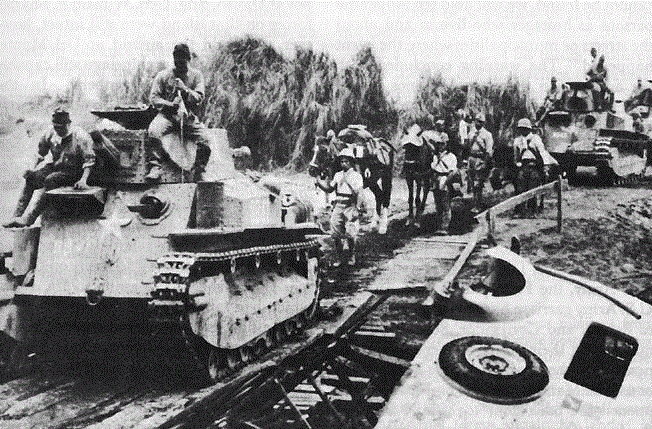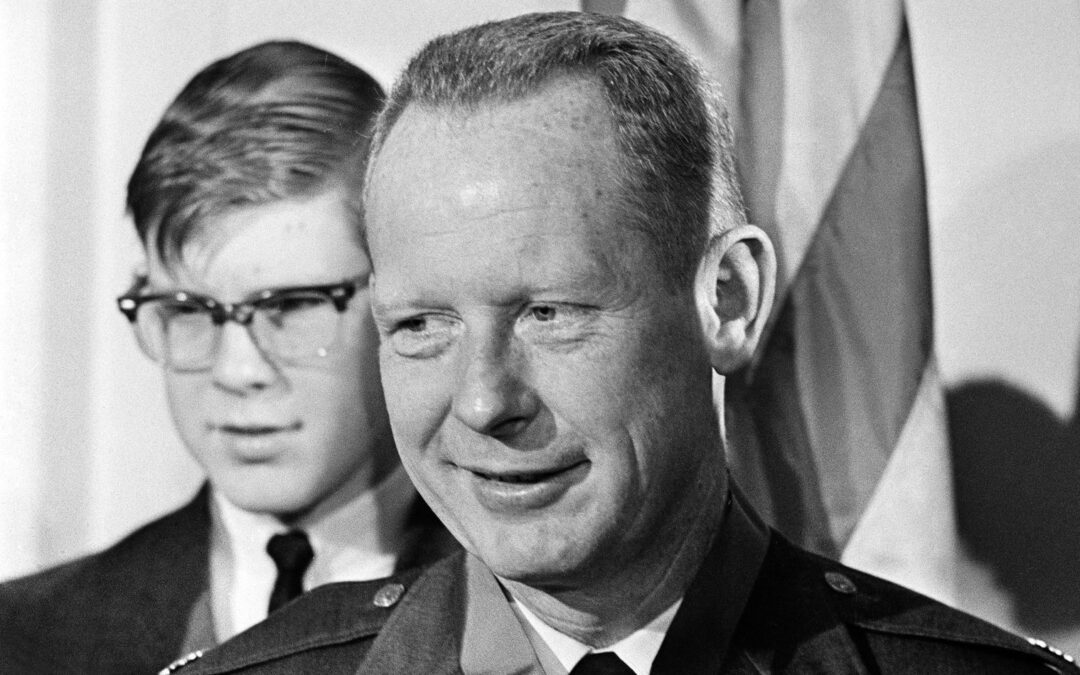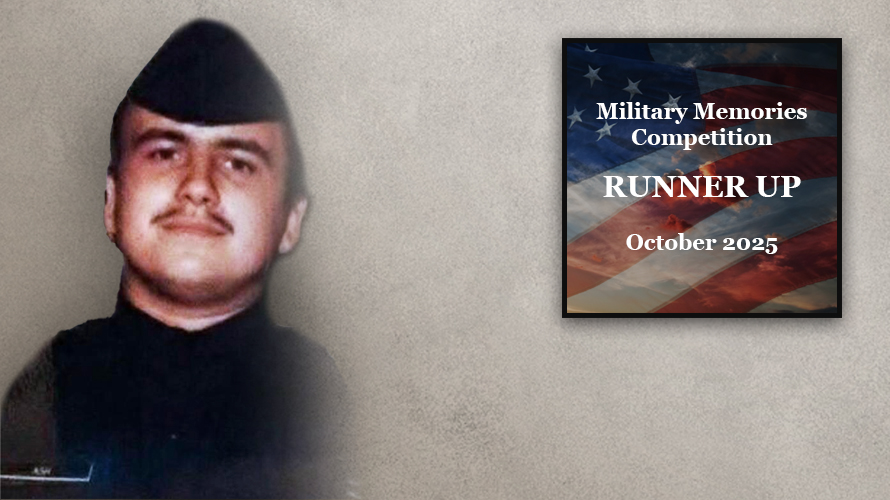When it comes to famous Marine Corps veterans, everyone remembers Lewis "Chesty" Puller, John Basilone, Sgt. Maj. Daniel Daly, and a slew of other legendary devil dogs. But to celebrate the Marine Corps' 250th birthday, it's important to remember that the Corps has no end of heroes, many of whom fade away further and further with time. So we don't forget the Marines who fought with distinction, but may not have been as quotable as Chesty, as political as Smedley Butler, or as smart as John...
